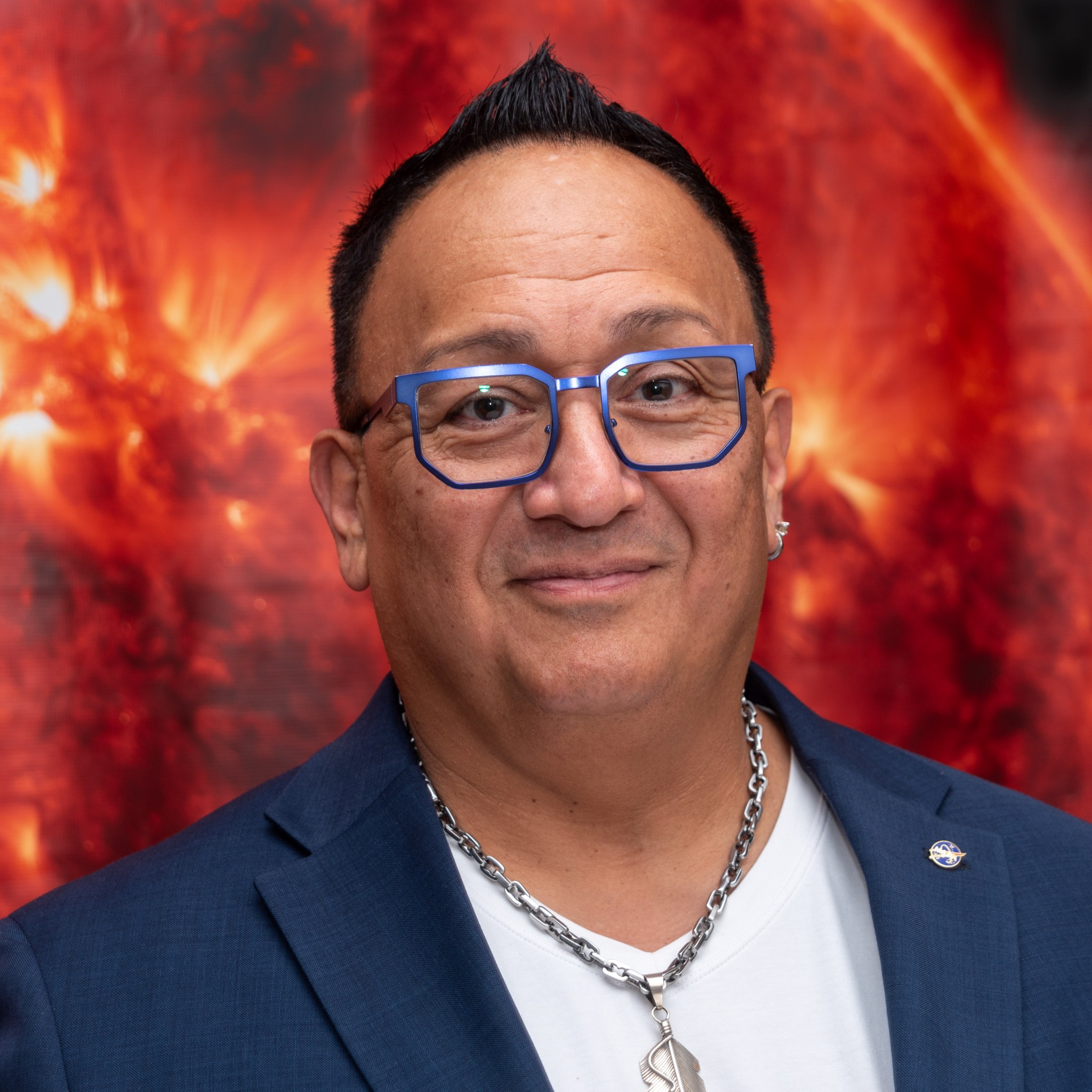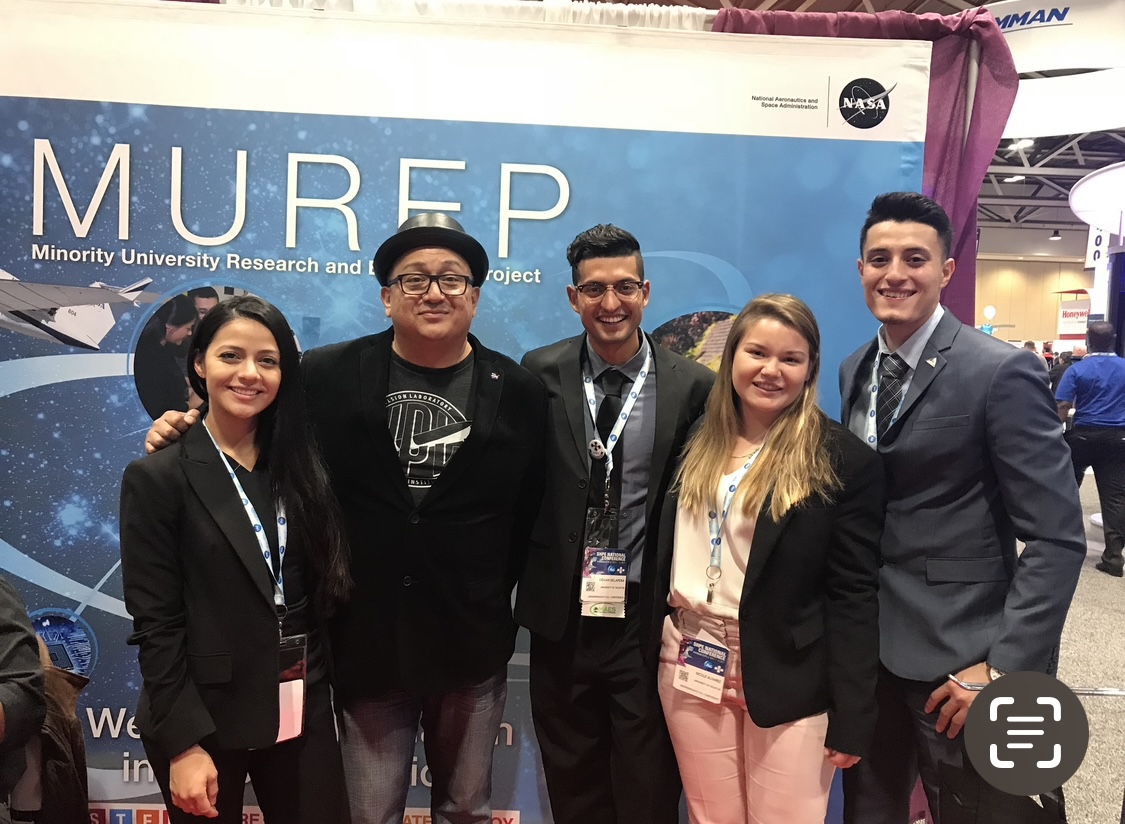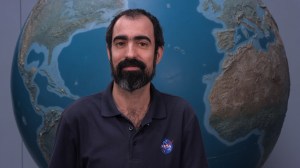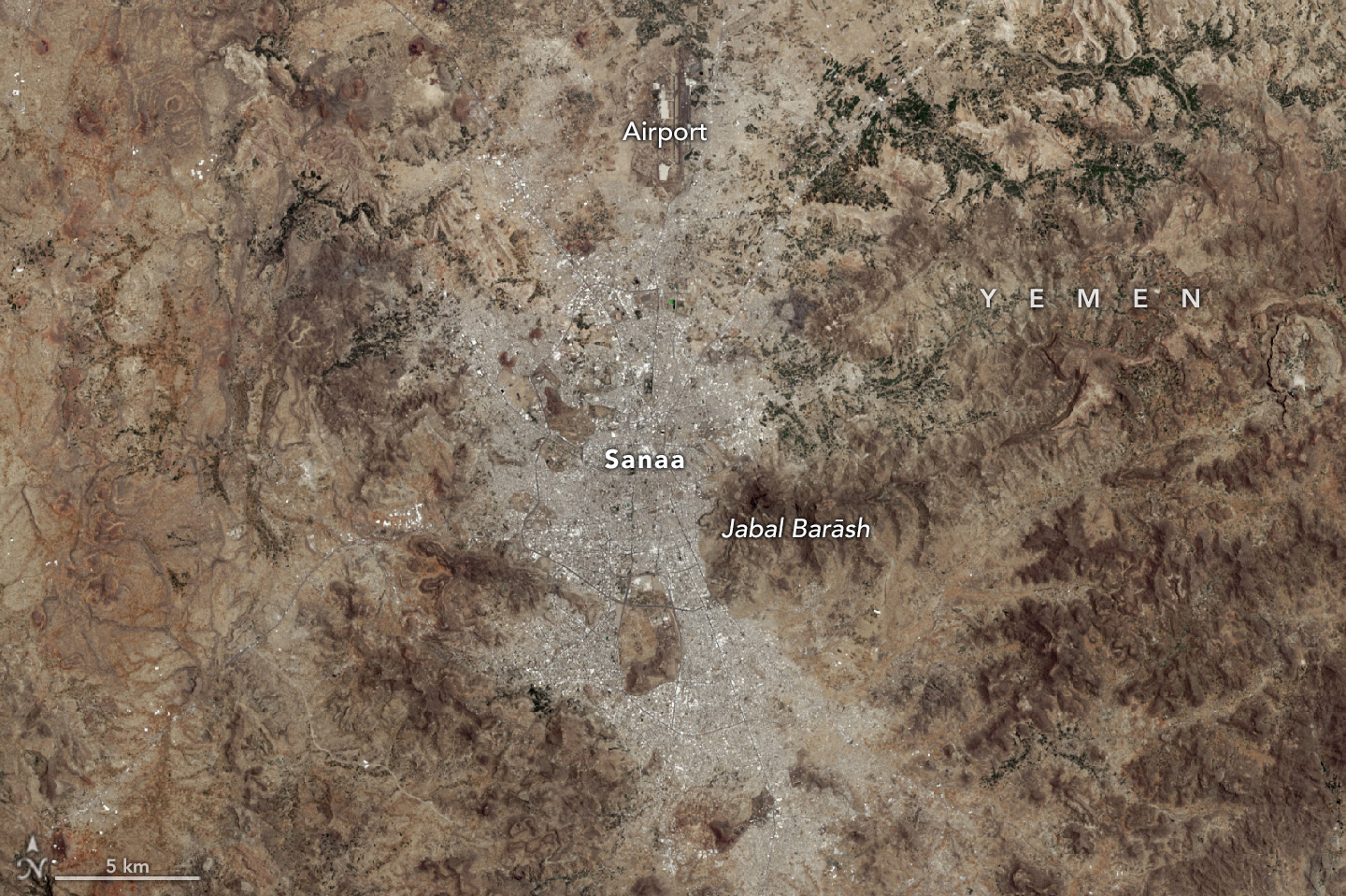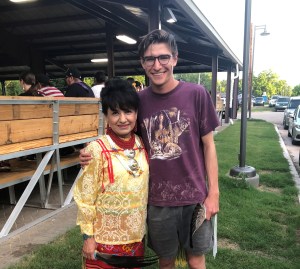Edward Gonzales Fosters a Culturally Safe Workplace for Current, Future Employees
As the program manager for people, culture and equity, “people whisperer” Edward Victor Gonzales helps ensure people’s wellbeing, comfort, and safety. Name: Edward Victor Gonzales Title: Program Manager for People, Culture, and Equity Organization: Heliophysics Division, Science and Exploration Directorate (Code 670) What do you do and what is most interesting about your role here […]
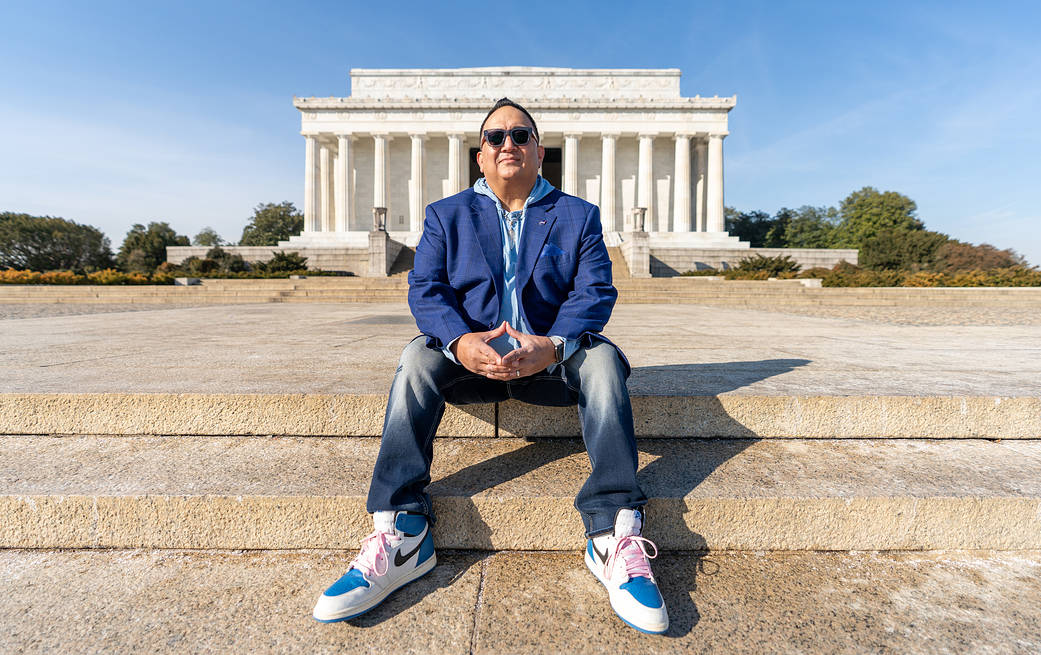
7 min read
Preparations for Next Moonwalk Simulations Underway (and Underwater)
As the program manager for people, culture and equity, “people whisperer” Edward Victor Gonzales helps ensure people’s wellbeing, comfort, and safety.
Name: Edward Victor Gonzales
Title: Program Manager for People, Culture, and Equity
Organization: Heliophysics Division, Science and Exploration Directorate (Code 670)
What do you do and what is most interesting about your role here at Goddard?
As the program manager for people, culture, and equity officer for heliophysics, I am responsible for people’s wellbeing, comfort, and safety. What is most interesting to me is the vast diversity across Goddard.
How did you come to Goddard?
I went to college late in life, but never graduated. After high school, I started at Mount San Antonio Community College in Walnut, California, but had to work full time when my then-girlfriend became pregnant. I started in the mail room of an international law firm, gradually working my way into director of the support staff. I worked there for 15 years, often staying overnight. I could not attend night school and there were no online learning options at the time.
In 2001, Warren Christopher, who was the managing partner at the law firm and later became secretary of state in the Clinton administration, wrote me a recommendation that helped me get a job at NASA’s Jet Propulsion Laboratory in Southern California as a business administrator. Apollo 13 inspired me to want to work for NASA. After obtaining the job at NASA JPL, I took a few classes at Pasadena Community College.
In 2009, I was detailed to NASA Headquarters to work in the Office of STEM Education. After two years, I returned to JPL to work on minority-serving programs.
In 2014, I returned to Headquarters for a fellowship to work in the Minority University Research Educational Programs. After a year and a half, I returned to JPL to manage underserved, underrepresented undergraduate programs.
In 2018, I came to Goddard to do outreach for NASA Goddard’s heliophysics division. Three years later, I became the diversity, equity, inclusion, and accessibility officer for heliophysics and now, my current role as people, culture, and equity officer.
As the people, culture, and equity officer, what are your responsibilities?
First, I observe. There are a lot of cues and things that happen in the world that others, including leadership, can sometimes miss. We need to be conscious of these things. We need to be respectful and kind — always.
When something happens in the world that impacts a colleague, I make sure to check in with them daily. On a broader scale, when something happens in the world that affects a particular culture, I check in with that particular group.
I also go to underserved, underrepresented national conferences across the country. At the American Indian Science and Engineering Society conference, I talked about employment opportunities at NASA. It was important for those students to see someone who looked like them. I am half Native American and half Latinx [a gender-neutral term for those with Latin American heritage].
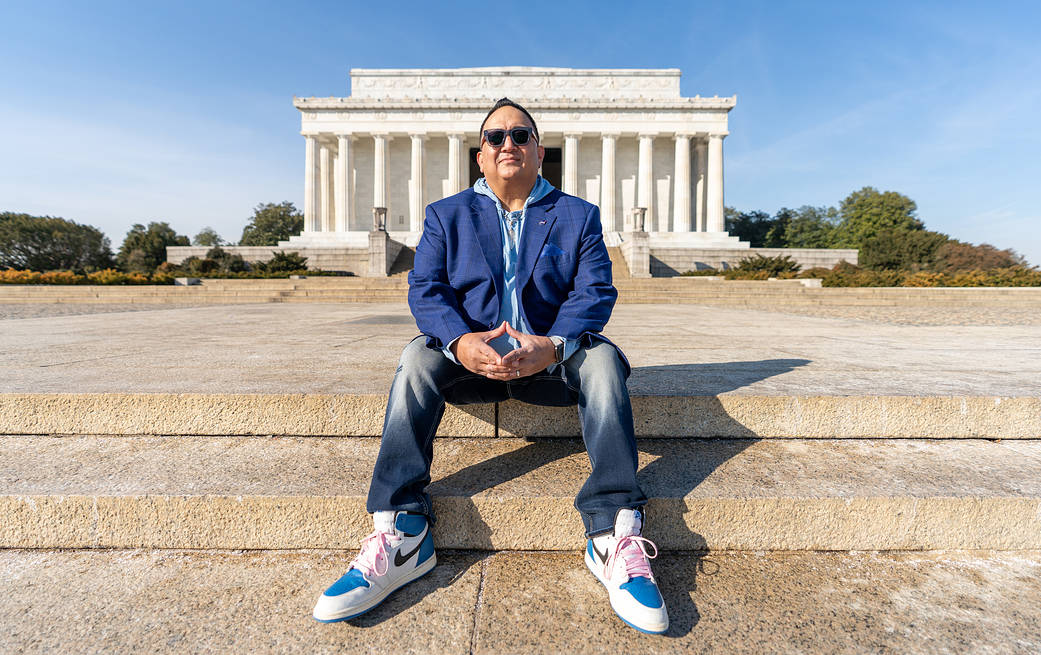
In August 2024, the NASA administrator appointed you to the NASA Advisory Council. What do your duties there entail?
The council has five committees: aeronautics, human exploration, science, STEM, and technology. I am a member of the science committee. My plan is to discuss the cultural role we all play at NASA.
What skills do you use in speaking with underserved, underrepresented communities?
I test the waters and the temperature of leadership. I am very active with the employees. I have an open-door policy.
In addition, I think I am highly culturally aware overall. At conferences, I try to dress, speak, and act approachably for the students who attend.
Most importantly, my cell phone is never to be seen. When interacting with someone, I am very observant of the other person’s body language overall, which helps me understand the other person better. Sometimes body language rather than words will tell you what you need to hear. My wife calls me a “people whisperer.”
What does cultural awareness mean to you?
Know your audience. I do not think about how I do things: I focus on how the next generation will do things. I try to speak their language. And listen, very important to listen.
Typically, when I go to a national conference, students will approach me with a résumé. But at a Native American national conference, the elders may approach me with a student and a résumé. It is important to address the elder first and ask permission to speak to the student. Also, you would say that the student could bring knowledge learned at Goddard back to their reservation instead of saying that the student could leave their reservation. I also always acknowledge the tribe associated with where I am speaking.
Whenever we send a team to a national conference, we send people who are culturally aware of that particular group’s culture.
I also conduct cultural awareness training at Goddard.
What are your hopes for Godard’s DEIA programs?
I want to continue to create a pipeline of future employees that is more diverse, filled with great ideas and solutions, with a safe and welcoming environment for them.
What advice do you give students?
The path to NASA is not linear. You have to find your path.
You’ve mentioned that DEIA is essentially about kindness. How do you define kindness? How do you teach it?
Kindness in my humble opinion is about grace, integrity and understanding. And the willingness to learn about others and their cultures. To agree to disagree and have a polite conversation, to create that understanding.
Teaching starts in the home, bad behavior, lack of understanding and racism are taught traits. We must do better and lead by example. To treat others how we want to be treated.
Who are your mentors?
One is Christopher Gardner, whose life was portrayed in “The Pursuit of Happyness.” I recently brought Christopher Gardner to Goddard to do a keynote speech and he even stayed with me. I met him because I saw his movie, read his book, and contacted him.
I teach this lesson to students: Everyone is interested when you take the time to learn what is important to them. If there is someone you want to meet, network to try to meet them. All you have to do is ask. But first, research them so that you can talk to them about themselves and their work. If they say no, then you can move on to the next person.
Gardner told me to focus on my plan A because plan B is not good. If you know that you have a plan B, then you won’t put everything you have into plan A. Tread forward as if there is nothing that you can fall back on.
Another mentor is José Hernández, the first Hispanic astronaut. I proposed to my wife while staying at his condo. He told me to find my “yes” and to never give up. He applied to the astronaut program 13 times before he was finally selected.
What are the next big things on your bucket list?
I want to see the Northern Lights and continue to travel. I just lost 70 pounds and want to lose 20 more. I gave up meat for about six months and now eat chicken and turkey, but no longer eat red meat. I also exercise and now feel great.
I want to continue to attend concerts around the country.
By Elizabeth M. Jarrell
NASA’s Goddard Space Flight Center, Greenbelt, Md.
Conversations With Goddard is a collection of Q&A profiles highlighting the breadth and depth of NASA’s Goddard Space Flight Center’s talented and diverse workforce. The Conversations have been published twice a month on average since May 2011. Read past editions on Goddard’s “Our People” webpage.
Share
Details
Related Terms
What's Your Reaction?



















.jpg?#)























